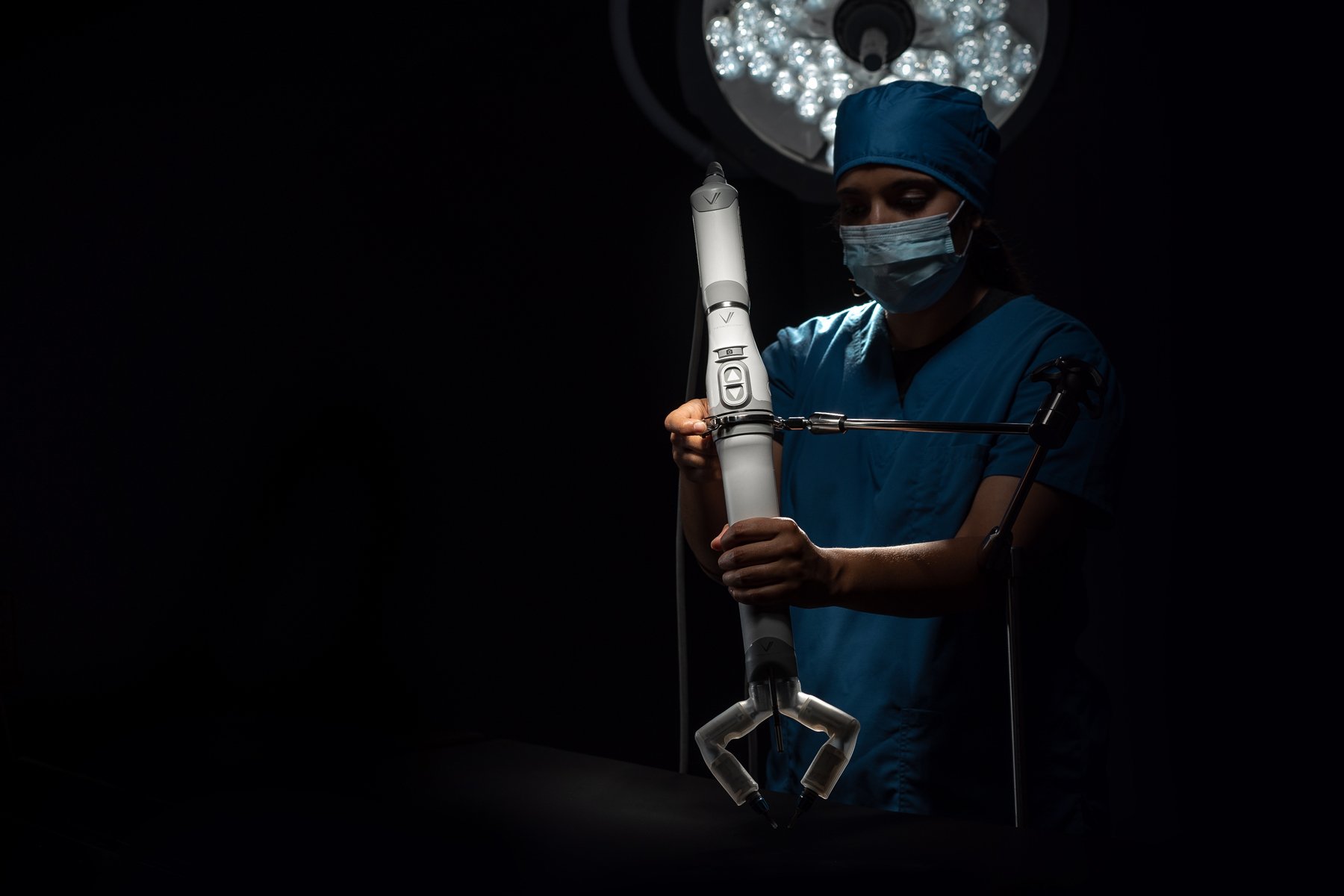Covalent Binding of Dexamethasone to Polyimide Improves Biocompatibility of Neural Implantable Devices
Advanced Healthcare Materials, EarlyView.

The covalent binding of dexamethasone to the surface of polyimide represents the electrically inert part of implantable intraneural devices. This ensures a sustained release of the drug for 9 weeks. In vitro and in vivo tests confirm the reduction of the foreign body reactions and the improved biocompatibility of dexamethasone functionalized polyimide.
Abstract
Neural implants are widely used in prosthetic applications to interact with the peripheral nervous system, but their long-term functionality is compromised by foreign body reactions (FBR). Thanks to its high biocompatibility, polyimide poly (biphenyl dianhydride)-p-phenylenediamine (BPDA-PDA) represents a suitable material to fabricate ultrathin and ultra-flexible neural implants. This study explores the surface functionalization of BPDA-PDA, the electrically inert component of the neural implant. The novelty of this approach relies on the fact that dexamethasone (DEX covalently bound to BPDA-PDA, enabling its sustained release over a period of at least 9 weeks. In vitro assays demonstrate that this strategy reduce the production of pro-inflammatory markers in macrophages. In addition, the biocompatibility of the functionalized material has been ensured by evaluating the viability of dorsal root ganglia (DRG) neurons. Furthermore, in vivo implantation of DEX functionalized BPDA-PDA substrates shows a significant reduction in inflammatory cell infiltration and fibrotic capsule thickness formed around the devices. These findings suggest that local release of DEX from the electrically inactive scaffold of neural implants may enhance their long-term stability and performance by mitigating the FBR.














































































































































